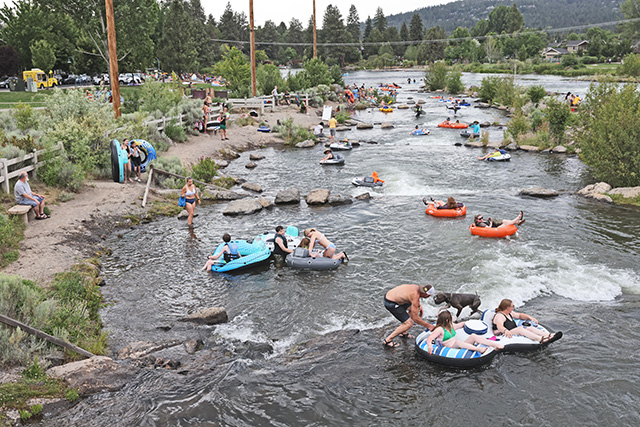Perseids will visit Earth
Published 12:00 am Wednesday, August 6, 2014
The Perseid meteor shower is best seen from Aug. 9-14, with the greatest activity occurring on the night of Aug. 12 between midnight and 4 a.m.
For the most part, objects entering Earth’s atmosphere will be quite small, ranging from the size of a pea to a grain of sand. The commonly applied term “shooting star” is a misnomer. On any given night, meteors may be observed striking the atmosphere sporadically; however, during a meteor shower,counts rise dramatically. Estimates for the Perseids suggest as many as 60 or more meteors per hour. Very high collisional speeds of multiple tens of thousands of miles per hour are involved. The Earth’s orbital velocity about the Sun is in excess of 66,000 mph, for context.
Meteor showers are named for the constellations from which they appear to emanate, in this case, Perseus, which is seen in the northeast low on the horizon at this time of year.
As a comet passes relatively close to the Sun, it loses particulate matter as the Sun heats the comet’s head. When Earth passes through the resultant debris field, a meteor shower results. Comet Swift-Tuttle is the progenitor of the Perseids.
Unfortunately, on Aug. 12, a luminous, nearly full moon will wash the sky with reflected sunlight, making the meteors difficult to appreciate. Moonrise will be about 9:15 p.m. A better viewing opportunity may occur Aug. 13 or 14, when the moon rises later (9:48 p.m. Aug. 13 and 10:21 p.m. Aug. 14), providing a dark sky for a little bit longer.
Telescopes and binoculars are of no practical use, as meteors move much too fast. Optimum locations for viewing are venues away from city lights and in flat topography without obstructing hills or trees. From that perspective, local observatories are not ideal but they do offer knowledgeable staff for informative commentary, as well as spectacular telescopic viewing of other popular celestial objects.
— Kent Fairfield is a volunteer with Pine Mountain Observatory and a lifelong amateur astronomer. He can be reached at kent.fairfield@gmail.com. Other PMO volunteers also contributed to this article.







